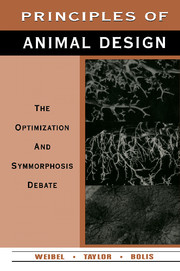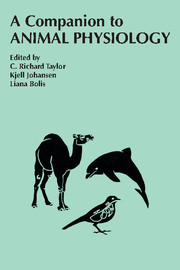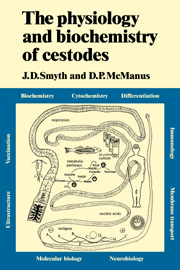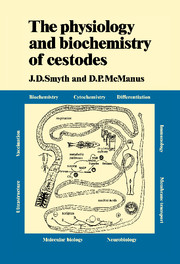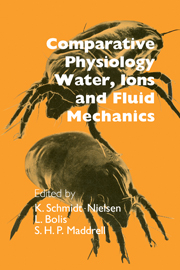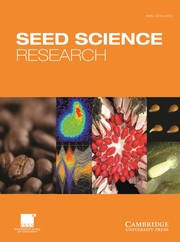Principles of Animal Design
The book discusses the controversial issue of whether animals are designed according to the same rules that engineers use in building machines, namely that materials and energy are used economically while attempting to achieve a high level of performance. There is considerable scientific controversy surrounding this question because, although there is much evidence suggesting that animals are indeed well designed, evolutionary biology tells us that animals are not 'engineered' but result from evolution by natural selection. This book collates this evidence which is discussed by a group of eminent biologists from many different biological disciplines.
- Presents convincing evidence on structure-function relations and the role of design in the integration of function
- A unique interdisciplinary discussion by physiologists, morphologists and evolutionary biologists
- The contributions are by a set of very eminent biologists from a wide range of fields
Product details
May 1998Hardback
9780521583701
336 pages
237 × 159 × 23 mm
0.63kg
74 b/w illus. 7 tables
Available
Table of Contents
- A Tribute to C. Richard Taylor Ewald R. Weibel and Liana Bolis
- A life with animals: from cat to fish Liana Bolis
- 1. Symmorphosis and optimization of biological design: introduction and questions Ewald R. Weibel
- 2. How much structure is enough? Knut Schmidt-Nielsen, Steven Vogel, Jared M. Diamond and R. McNeil Alexander
- 3. Evolution of optimal systems Malcolm S. Gordon, Theodore Garland, Jr, Martin E. Feder and Robert E. Ricklefs
- 4. Bone design and biomechanics Simon Maddrell, Pieter Dullemeijer, Andrew A. Biewener, Daniel E. Lieberman and Alfred W. Crompton
- 5. Muscles and locomotion James W. Glasheen, Dirk Pette, Robert S. Staron, H. Lee Sweeney, Lawrence C. Rome, Thomas J. Roberts and Daniel Weihs
- 6. Design of cells for metabolism Stan L. Lindstedt, Paul A. Srere, Peter W. Hochachka, Keven E. Conley and Raul K. Suarez
- 7. Lungs and gills for gas exchange Pierre Dejours, Connie C. W. Hsia, John N. Maina, Edwin W. Taylor and David Randall
- 8. Nutrient supply system Amiram Shkolnik, Kimberly A. Hammond, Ian D. Hume, Reinhold R. Hofmann and Wolfgang Wieser
- 9. Integrative systems for oxygen and fuel delivery Ricardo Martinez-Ruiz, James H. Jones, Jean-Michel Weber, Hans Hoppeler, Yvon Le Maho and Mohamed Bnouham
- 10. Design of nervous systems Richard D. Keynes, Simon B. Laughlin and Eviatar Nevo
- 11. How good is best? Some afterthoughts on symmorphosis and optimization Ewald R. Weibel
- Index.

